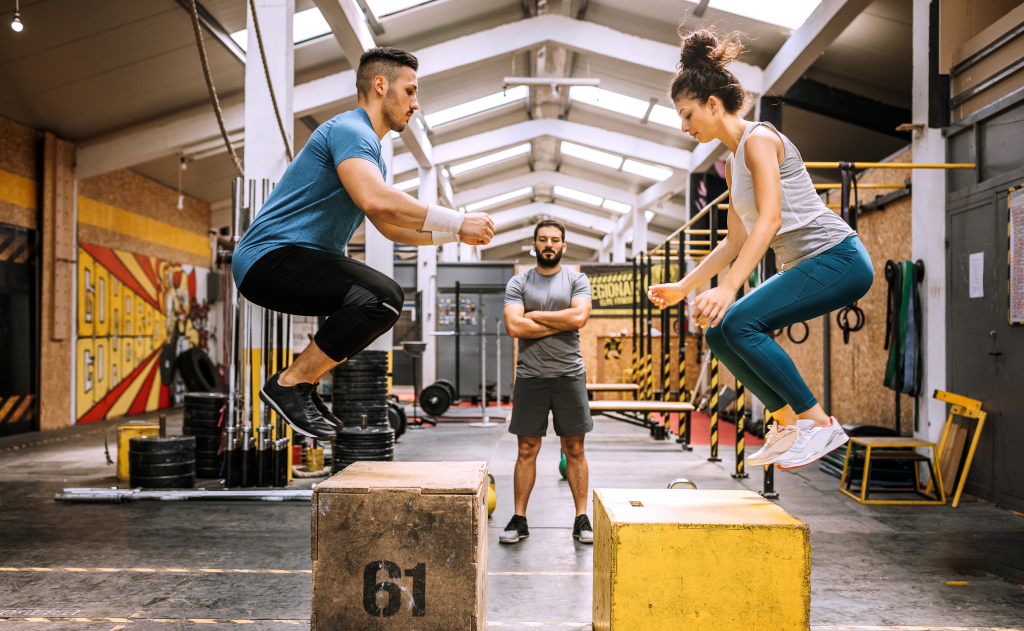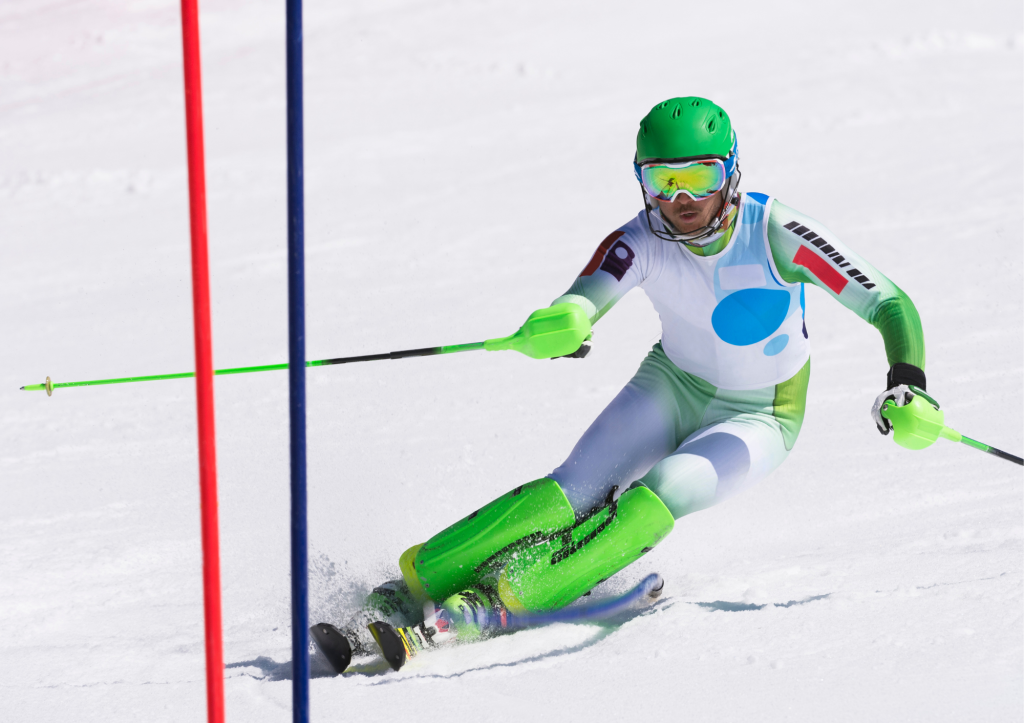Optimal preparation for the winter sports season with specific workouts.
The winter season is just around the corner and preparations for the ski season are already in full swing. In many places, skis and snowboards are being waxed with dedication in the cellar or garage so that no time is lost when the first snowfall of the year arrives. Many winter sports enthusiasts already have itchy fingers – but only a few pay the same attention to preparing their own bodies. This article explains why a prep workout before the start of the winter sports season is essential. Find out here about the risks associated with your body and skiing, snowboarding, ice skating and many other winter sports. Prepare your body optimally with a ski workout.
Why is a regular workout necessary before the winter season?
During winter sports, the entire body is exposed to great stress. This is particularly noticeable in connection with the high speeds involved in alpine skiing. Both muscles and joints are put under a lot of strain and a cold start can result in serious injuries. A workout can be compared to warm-up exercises for other sports and should also be used to a large extent by winter sports enthusiasts.

Without a preparatory workout or constant physical activity between seasons, sore muscles are inevitable at the very least. For many people, sporting activity during a skiing vacation is more strenuous than during the entire previous year. After a sore muscle, people usually don’t take a break from skiing but continue to train, which can lead to painful strains, joint blockages and torn muscle fibers . If the muscles are tired and the ability to react is reduced, a fall is more likely.
A workout should also aim to improve your body tension, which is particularly important if you do fall. If you can catch yourself well thanks to pre-season preparation, serious accidents can sometimes be avoided.
Which parts of the body should you focus on during a workout?
The main purpose of the ski workout is to coordinate and strengthen the hip and leg muscles. However, not only the quadriceps should be trained, but also the knee flexor muscles (hamstrings and biceps femoris). They are a direct protector of the anterior cruciate ligament, as they actively pull the lower leg backwards in relation to the thigh and therefore actively support the function of the anterior cruciate ligament. Anterior cruciate ligament rupture is one of the most common injuries and can result in a long rehabilitation period.
Which training is specifically suitable in preparation for the winter?
Stable core muscles also play a major role in skiing. All the more so as skis and slopes are becoming ever faster and more aggressive. When carving, the turn is actively skied on the steel edge, sometimes at high speed. The massive centrifugal forces that act on the body must be absorbed. In addition, it is important to use both the chest and the back optimally when skiing so that the body can balance the entire weight.


You should include the following components in your winter sports training in the form of exercises:
- Endurance
- Power
- Coordination
- Balance
Strength training aims to strengthen your muscles so that they are able to counterbalance the forces acting on your joints. You can start with a cardio warm-up using a treadmill or cross trainer. An ergometer is also suitable. Classic or lateral planks are a suitable exercise to strengthen the core by strengthening the deep muscles. You can also incorporate squats with a resistance band or free weights into your training for a more challenging workout. Squats can be used to strengthen the calf muscles and thighs, as well as the core. Towards the end of the entire training phase, squats can also be combined with a subsequent jump.
Muscles that are responsible for maintaining balance need to be strengthened through coordinative balance training. A wobble board is ideal for stimulating the sense of balance as well as the brain. Suitable exercises for this are the single leg deadlift (one-legged deadlift), but also squats and planks on the wobble board or an exercise ball.
Finally, your training plan should include a cardio unit for endurance. Each session should ideally last around an hour. Decide for yourself whether you want to run in the great outdoors, prefer to go on the treadmill or whether the ergometer is your training device of choice. It should be noted that a combination of all these components is your key to winter sports enjoyment without regrets.

Should you have a sports orthopaedic examination before the winter season?
If you want to be on the safe side and be ideally prepared for your skiing adventure, it is advisable to consult a sports orthopaedist. They will give you an overview of your physical condition in connection with winter sports and provide you with important recommendations for your winter vacation.